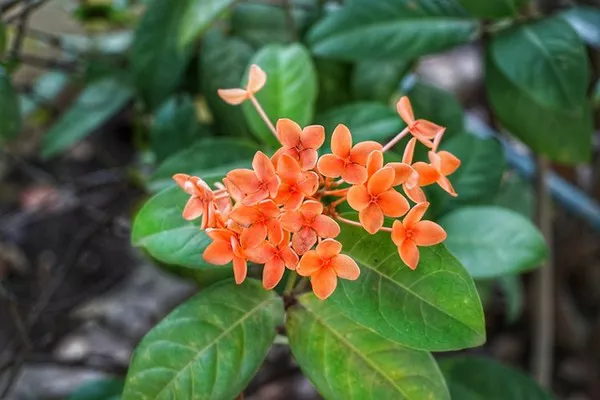September 6, 2023 – A groundbreaking study published in Nature Plants has unveiled a revised understanding of the evolutionary history of plant biology, reshaping the narrative of how plants have evolved over the past billion years. Contrary to long-standing beliefs that plant diversity emerged suddenly in a single burst of evolutionary change early in their history, the research suggests that plants have continuously expanded their anatomical designs with occasional bursts of innovation to adapt to environmental challenges.
Co-lead author Philip Donoghue, a professor of paleobiology at the University of Bristol, stated, “Plants, originating in the sea over a billion years ago, share a common ancestor despite their remarkable diversity in design and organization. We aimed to investigate whether their evolution occurred in a sudden burst or as a slower, continual process. Surprisingly, our results demonstrate that plant evolution was a mixture of both, characterized by prolonged periods of gradual change punctuated by short bursts of significant innovation to address the challenges of terrestrial life.”
To examine this theory, scientists analyzed 248 plant groups, spanning from single-celled organisms and seaweed to land plants such as mosses, ferns, conifers, and flowering plants. They also studied 160 extinct groups known solely from the fossil record, including species from the ancient Devonian Rhynie Chert that lived over 400 million years ago.
The study involved more than 130,000 observations, dissecting plant designs into components and documenting their presence or absence in various groups, both extant and extinct. Advanced statistical methods were employed to assess overall similarities and differences among groups and how these characteristics changed over time.
The researchers also investigated the driving forces behind these evolutionary innovations, such as the development of spores, seeds, roots, leaves, pollen, and flowers.
Co-lead author Dr. James Clark, a research associate in biological sciences at the University of Bristol, commented, “We found that changes in plant anatomical design were linked to events where the entire cellular genetic makeup underwent duplication. This process, occurring numerous times in plant evolutionary history due to genetic copying errors, led to duplicate genes that mutated and developed new functions.”
The study identified that the major episodes of plant anatomical evolution were closely associated with the challenges of surviving and reproducing in progressively arid environments, corresponding to plants’ transition from aquatic to terrestrial habitats.
Co-lead author Dr. Sandy Hetherington, who began his interest in land plant evolution as a geology student at the University of Bristol and now works at the University of Edinburgh, noted, “The pattern of episodic bursts in the evolution of plant anatomical designs mirrors that seen in other complex multicellular life forms, including animals and fungi. This suggests it is a universal pattern and blueprint for complex multicellular life from its inception.”


